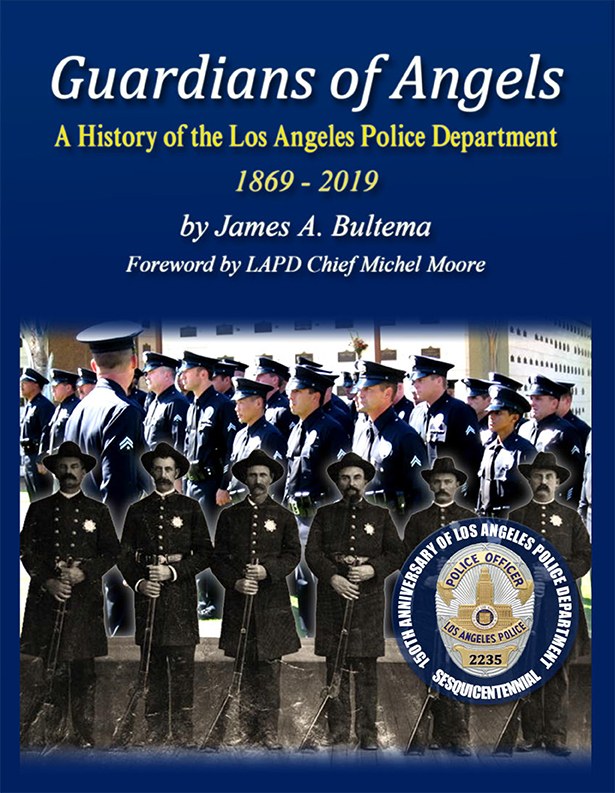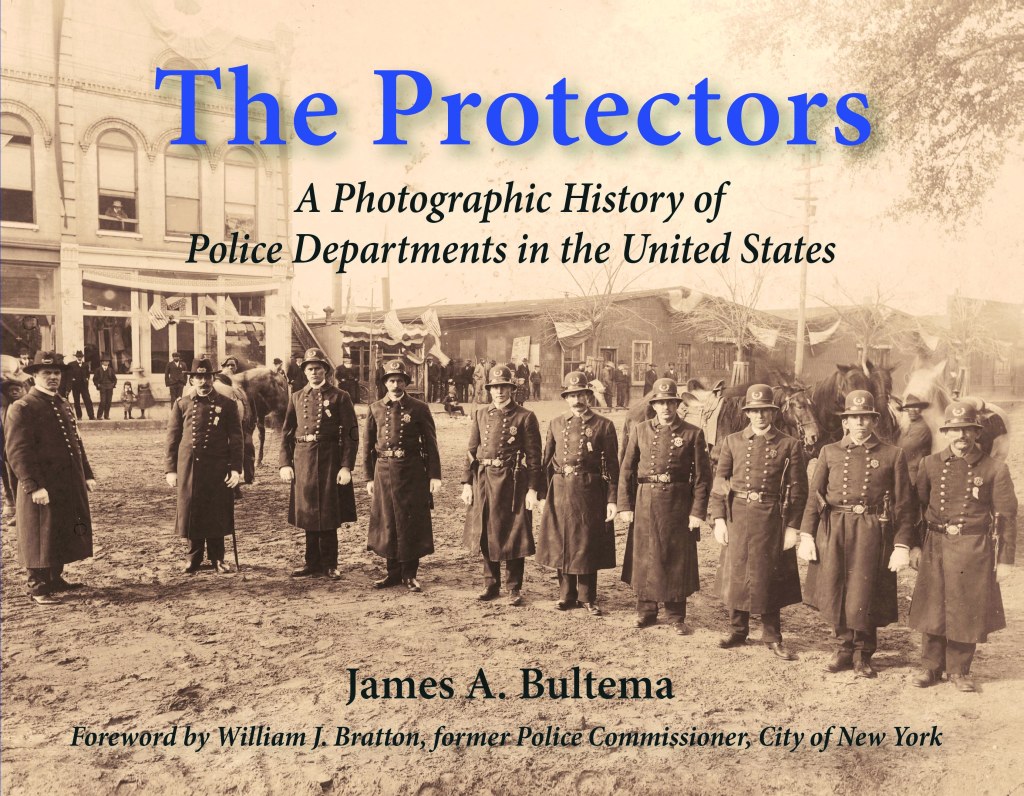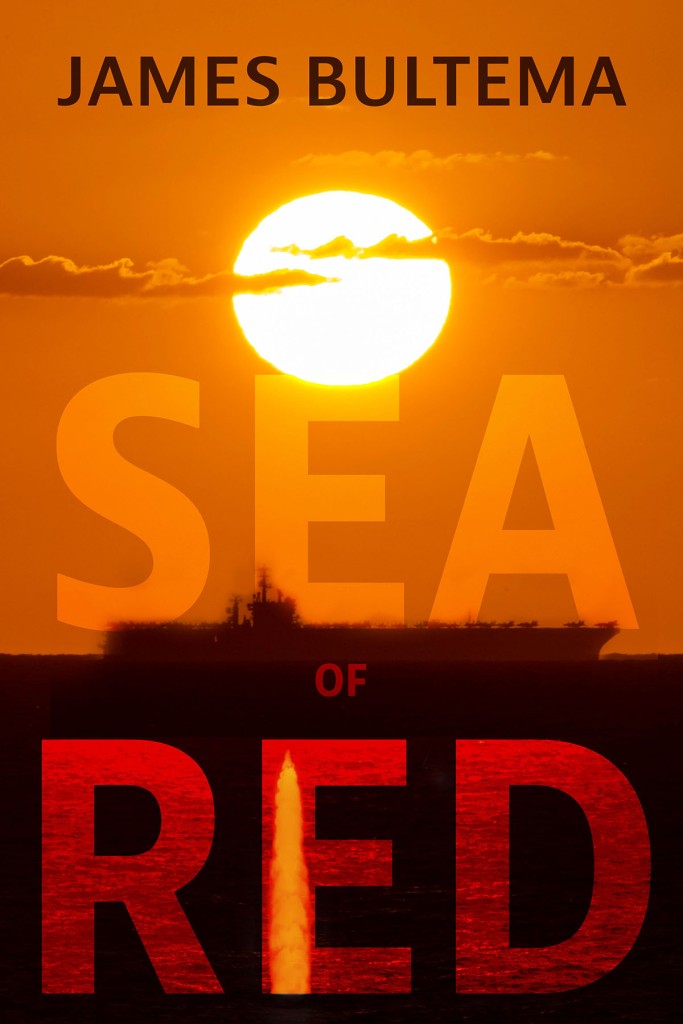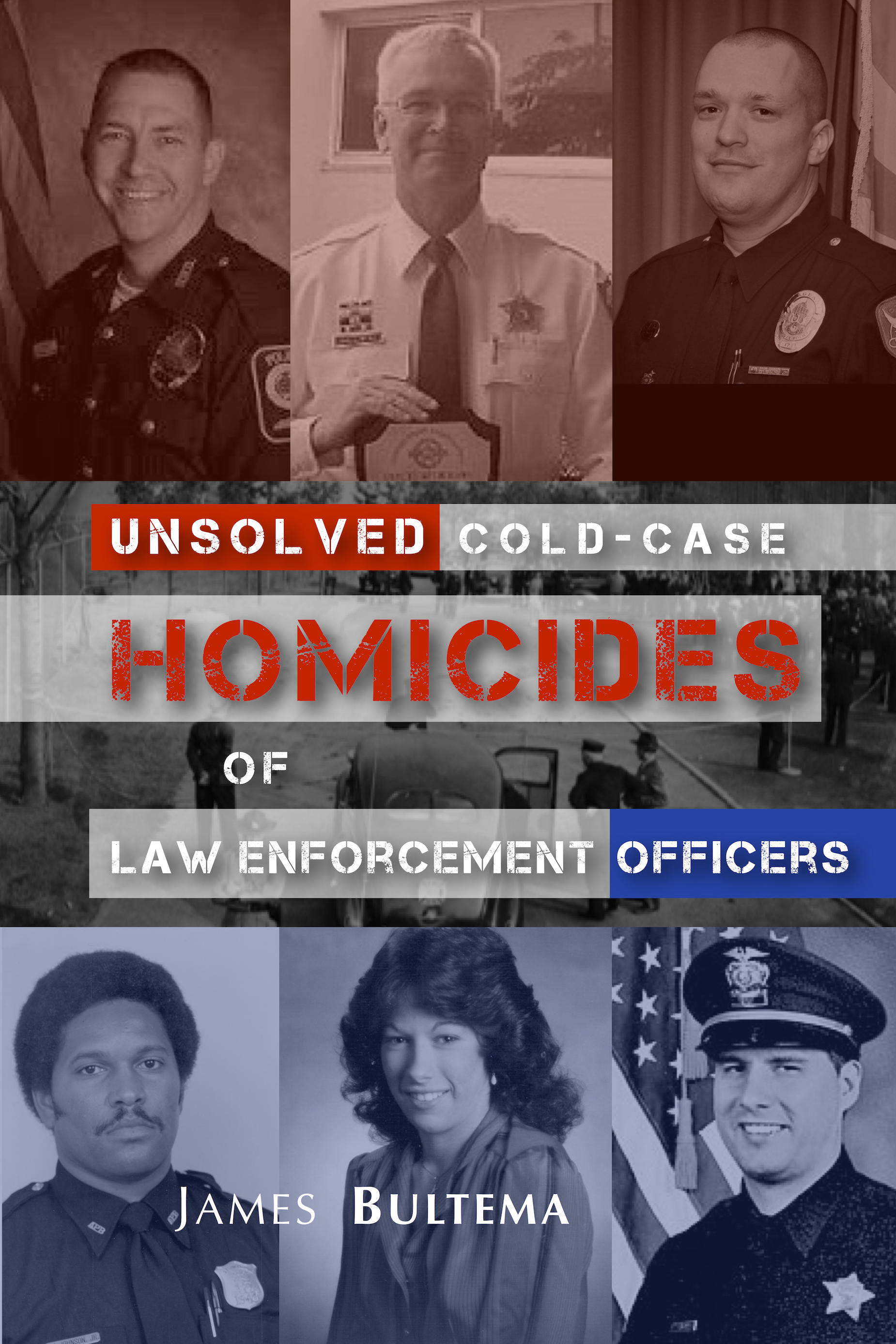(This is an excerpt from a book I am currently researching and writing, entitled: Unsolved: Cold Case Homicides of Law Enforcement Officers).
In the long and illustrious history of the Los Angeles Police Department, tragically, there have been over 200 officers who have given their lives in the line of duty. The majority of these have been the result of gunfire. In nearly every case, the killers have either been captured or slain. Three cases however, remain open; cold case files where the suspects were never apprehended. The thought of these murderers never having to pay for their crime, is an extremely hard reality to accept—especially for those in the close knit LAPD family. By keeping these three men in our thoughts and speaking about their murders, there is always hope. Hope that someone might step forward, or a new clue uncovered that might lead to an arrest and bring peace to these three brother officers and their families.
“Who Executed Mike?” 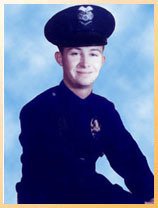
Tobie Edwards, an innocent 6-year-old, was playing in her grandma’s backyard after her father, Michael Edwards, dropped her off one Friday. It would be the last day they were ever together. On the next day, her play was interrupted by two uniformed Los Angeles Police officers who were dressed just like her daddy. As she later learned from her grandparents, the news was devastating. Tobie’s father, Officer Edwards, had been found shot to death, execution style. There were no suspects in custody, and 42 years later, there still aren’t. The motives and theories for the murder of Edwards are as plentiful as evidence markers at a crime scene.
The 26-year-old officer was last seen alive on May 10, 1974, enjoying some buddy time with other cops at the LAPD Police Academy bar in Elysian Park. It was Friday night, and Edwards was celebrating his final stint on the anti-gang unit, CRASH, and looking forward to his upcoming vacation to Hawaii.
At 10:30 p.m., Edwards said goodbye to his friends, telling them he had a date in Long Beach. The guard at the entrance to the Police Academy substantiated the time as he watched Edwards’ gold Ford Pinto drive past the guard shack. From there, he drove to 77th Street Station, where he was assigned. Afterwards he was observed at a nearby hospital. After leaving the hospital, Edwards was never seen alive again. From here, the mystery begins. It is a whodunit in epic proportions and has haunted detectives, friends and loved ones for over four decades.
Through the years, scores of detectives have worked the Edwards case. Many are deceased, most are retired. Today, one active detective, Daryn DuPree, of Robbery/Homicide Division, has the cold case file on Edwards and says he is actively investigating it. His examination of the case adds to the generations of LAPD’s elite detectives who have preceded him. Here is what is known.
In some way, after leaving the hospital, Edwards was forced or was transported to an abandoned, burned-out apartment building at 122 W. 89th Street, in South-Central Los Angeles. It was here that he was shot six times, execution-style, with a 9-millimeter handgun, which for identification purposes has six lands and grooves with a right-hand twist, Lands .085. His underwear (some have stated it was not his) was pulled over his face, and he was handcuffed. His car, his personal .38- caliber Smith & Wesson Airweight revolver, and some money were missing.
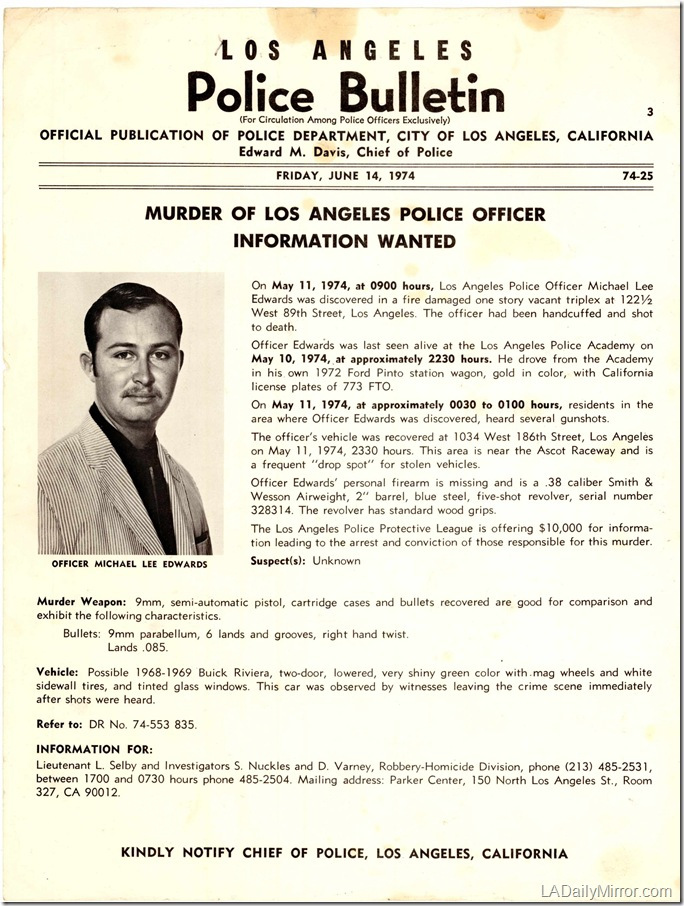
A little more than a month after Officer Michael Edwards’ murder, LAPD detectives issued this police bulletin seeking help in locating the people responsible for his death. They are still looking four decades later.
Fifteen hours after his body was discovered, police located his Pinto about 10 miles from the murder scene at 1034 W. 186th Street in Los Angeles. The location was near the old Ascot Raceway, a frequent drop spot for stolen vehicles. Divorce papers from his wife were on the passenger seat. The keys were in the ignition. A handkerchief was found in the car, but no suspect prints were uncovered. No one has come forward who witnessed the actual shooting.
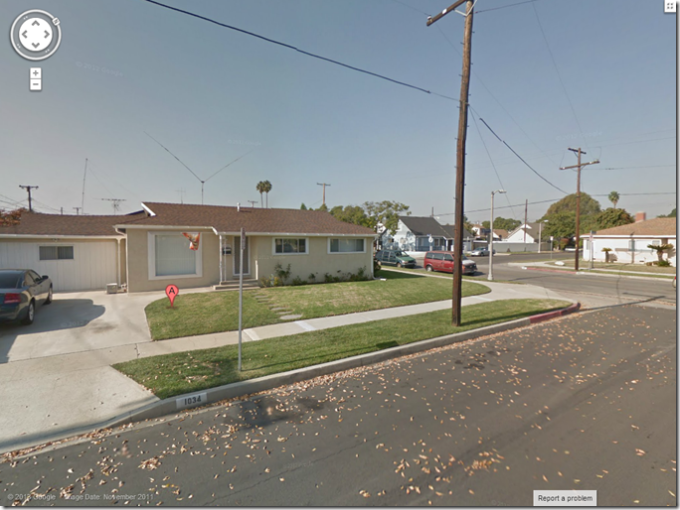
Fifteen hours after his murder, Officer Edwards’ gold Ford Pinto was found abandoned at this location on 186th Street.
In 1981, Edwards’ revolver was found, and detectives were hoping this would provide the one clue to blow the case wide open. In Las Vegas, the police department had been broadcasting PSAs to encourage citizens to turn in their firearms. A woman and her fried surrendered a revolver that turned out to be the gun that Edwards was carrying on the night of his murder. LAPD was promptly notified. After an in-depth interview, the two were cleared of any wrongdoing. “We tried just about everything we could do at that time,” said Tom McGuine, one of the original detectives on the case. “We had the people power, we had the time, we had everything going for us. But sometimes you get to a point where you just don’t get the answer.”
The 1970s were turbulent times in the nation. Not since the 1920s, have so many officers been killed. Radical groups such as the SLA (Symbionese Liberation Army) committed bank robberies, committed murders, planted bombs under LAPD cars and kidnapped newspaper heiress Patricia Hearst. Just days after Edwards’ body was discovered, six SLA members died in a firefight with the LAPD SWAT team. Some thought there might be a connection between the execution killing of Edwards and the SLA. Investigators tested the weapons used by the SLA but could not connect them to the Edwards murder. The SLA was subsequently ruled out.
In 1999, detectives from LAPD and Los Angeles County Sheriff’s Department established a team to reexamine unsolved slayings of LAPD officers and sheriff’s deputies. Included on the LAPD team were detectives Dennis Kilcoyne, Rosemary Sanchez and Paul Coulter. After solving a sheriff’s cold case homicide, they turned their attention to the Edwards case. As a starting point, detectives reexamined prior evidence and what the prior detectives had done. They looked over possible suspects and witness statements. They established a $15,000 reward and even went so far as to send out press releases while posting billboards that read, “Who Executed Mike?”
The joint detective task force sent out letters to officers, both retired and active, who might somehow reveal evidence they missed the first time. They had the FBI retest fingerprints, with no luck. They revisited the crime scene and interviewed friends and family members. Although they received numerous calls and clues, nothing substantial was added to the case files. The cold case remained just that. It was at this point that detectives began to focus on Edwards as a man, rather than as a police officer. “It’s usually not the Sunday night mystery,” Kilcoyne said. “It’s usually something blatant right in front of you. You just overlook it.”
It was just a few days after the murder that investigators learned that Edwards may have been involved with an African American woman who worked near 77th Street station. In an interview with the Los Angeles Times in 2002, Detective Kilcoyne pointed out that former detectives on the case believed Edwards would have not dated a black woman. “That’s hard to swallow now, but in 1974, the mind-set of society was totally different.” At that time, detectives thought that tip might be the key to solving the case. As it turned out, another dead end.
Another individual who thought the murder of Edwards was personal and not related to his position as an LAPD officer, is his daughter, Tobie Edwards—the little girl who was playing in the back-yard so many years ago. Over the ensuing 40-plus years, Tobie has worked tirelessly in her personal attempt to find the killer of her dad. Much of the following information comes from an interview conducted by this author in December, 2016.
She believes to the core of her being that it was a “love triangle” that got her father murdered. Mike Edwards was then separated from her mother, Penny Sue, and was dating a woman from Long Beach who wishes to remain anonymous out of fear for her life. This woman had previously dated another LAPD cop by the name of Bill Pearson before she had started dating Edwards. It was this woman that Edwards was on his way to visit the night he was killed.
The other slant to the triangle was Pearson, a disgraced cop who had been fired by the LAPD one year earlier, in 1973. Those who knew him, saw the downfall for Pearson occur exactly one year after the death of Edwards when Pearson was arrested for felony vehicular manslaughter. He was found guilty of DUI and speeding and causing an accident that killed a 16-month-old boy and seriously injured the parents. He was sentenced to one year in jail.
LAPD detectives questioned Pearson at length over “the possible love triangle.” He told investigators he had been “experiencing blackout spells” on the night of the murder and “could not state whether or not he had been involved,” blaming it on his memory lapses. Police conducted lengthy interviews with those associated with him but were never able to account for his whereabouts around the time of the murder.

The official report from the Los Angeles County Coroner detailing the bullet strikes to the body of Officer Edwards.
During the subsequent years, officials have repeatedly interviewed Pearson about the Edwards murder but have not gotten anywhere. “Honestly, right now we’re still at ground zero on this case,” said the current detective on the case, Daryn DuPree. Regarding Pearson, “What he remembers I’m not going to say,” commented DuPree, but he made it clear officials are still looking at him as a suspect in the murder of Officer Edwards.
Tobie Edwards just wants peace and closure, not unlike what her mother and grandparents wished for—all who have since passed and never gotten an answer. “I have heard that Pearson is very sick, and when he dies, then what?” She went on, “My only wish is to know why and who killed my father.” You are not alone, Tobie; you have a family of LAPD officers who want to know the same thing. No brother left behind.
Anyone with information is urged to call the LAPD Robbery/Homicide Division at (213) 486-6830 and ask for Detective DuPree. Talk to your friends about the case and post on social media to keep the memory of Officer Edwards alive. One never knows where this might lead.
